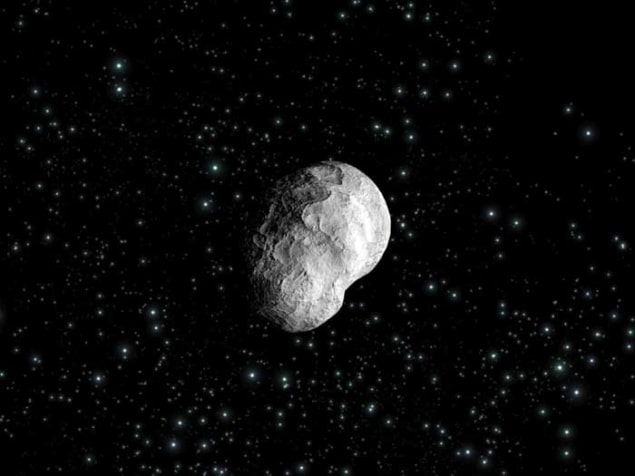Books about asteroids and the atmosphere, reviewed by Tushna Commissariat

Vermin of the sky
Mention the word asteroid and thoughts of doom and destruction seem to spring to mind. Whether you are commiserating with the now-extinct dinosaurs or thinking of an explosive Bruce Willis in Armageddon, these “vermin of the sky” (as they were once described by astronomer Edmund Weiss) seem to scare many of us. But California Institute of Technology scientist and author Carrie Nugent claims to be “obsessed” with these rocks, according to her new book Asteroid Hunters. Part of the TED book series, this concise volume is pretty high impact, pun intended. Written informally (much in the style of a TED talk) and from a rather personal point of view, Nugent swiftly takes the reader across the solar system, talking about where most asteroids are found, what they are made of, the chance of being hit by one (she briefly tells the tale of Ann Hodges, the only person in recent memory to be hit by a meteorite), the various times large impacts have occurred and, finally, the science behind asteroid hunting today, in an effort to be aware of any potential large intruders. Nugent is part of NASA’s NEOWISE mission – its telescope has tracked more than 158,000 near-Earth asteroids and discovered more than 30,000. The book also contains some wonderful illustrations by Mike Lemanski in the form of stylized infographics. Pick up Asteroid Hunters to get a crash course in asteroid tracking and planetary defence.
- 2017 Oxford University Press 144pp £7.99pb
An atmospheric tale
Regular readers of Between the Lines will recall last month’s review of a book on gravity, part of the Very Short Introductions book series, written by experts in a field but aimed at a general audience and covering a large range of topics. The latest science addition to the series is The Atmosphere, written by atmospheric scientist Paul Palmer from the University of Edinburgh. This book covers most of the topics that one would expect it to – from our planet’s complex atmosphere to how it interacts with the planetary surface and the Sun. Palmer does a good job of contextualizing the subject with advances in science. For example, he talks about the different kinds of exoplanetary atmospheres that could be found and also deals with modern estimates of air pollution and ozone loss, and ends with future challenges facing atmospheric scientists. While the figures in the book are more suited to a journal article and Palmer’s writing is occasionally dry, the book is a useful resource and provides a good overview of the topic.
- 2017 Oxford University Press 152pp £7.99pb
- Enjoy the rest of the April 2017 issue of Physics World in our digital magazine or via the Physics World app for any iOS or Android smartphone or tablet. Membership of the Institute of Physics required



